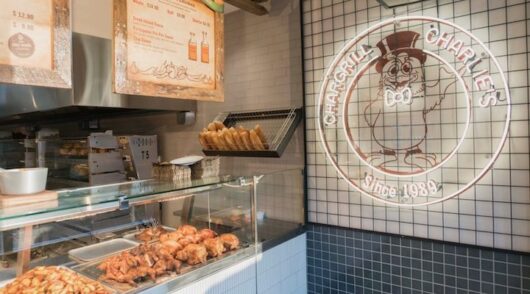
Online retail fell slightly in May by 1 per cent, compared to April’s figures according to NAB’s latest online retail sales index. This slight drop comes after the most rapid growth in the series’ history.
More broadly, retail sales rose 16.9 per cent in May, according to the Australian Bureau of Statistics, to $28.9 billion. This figure follows the 17.7 per cent drop in retail spending in April.
“Retailers across a range of industries reported high numbers of consumer returning to stores, with some retailers noting levels similar to those seen in December.”
Clothing, footwear and personal accessories retailing saw a 129 per cent increase in May, while reopened cafes, restaurants and takeaway food services grew 30.3 per cent.
An overall theme emerged, according to the ABS, of continued spend on home improvements, and a high demand for recreational goods.
According to NAB chief economist Alan Oster, online retail took a breather in May after months of volatile growth.
“From our observations, the general trend for online retail is up. In this way, Australian online retail sales closely match those of other key international online retail markets,” Oster said.
“The gradual easing of social distancing regulations, and the re-opening of physical stores, bolstered retail trade in May,” ABS director of quarterly economy wide surveys Ben James said.
ABS estimates online sales contributed around 10 per cent of total retail, slightly down on the 11 per cent seen in April.
According to NAB’s online sales report, five of the eight categories indexed contracted during the month of May, with takeaway food, grocery and liquor and fashion going against the trend and seeing growth.
One of the main contributors to the overall decrease on April was the fall in personal and recreational goods, which saw strong growth during March and April, but fell in May.

According to Oster, takeaway food online sales in May is estimated to be triple what it was in May 2019.
“The growth [in online takeaway] has occurred during a period where there were high profile exits and entries, and also an increased focus on platform commissions from local startups,” Oster said.
“While recording more moderate growth over the same period, the much larger category, grocery and liquor, has contributed more to the headline number. So despite the rapid growth of takeaway, it remains the smallest category, for now at least, given growth in other, much larger categories.”
And while New South Wales, Victoria and Queensland account for just over 80 per cent of all online sales, only Queensland saw growth in the month. In fact, over the past 12 months, online sales growth has on average been more stable in Queensland compared to other states.
Metro areas across Australia, which represent the majority of online spend, saw contraction in May. Online sales in regional areas, however, grew.





